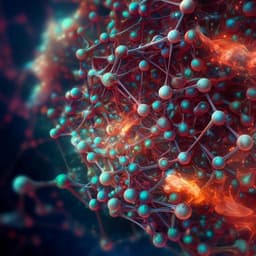
Space Sciences
Surges in volcanic activity on the Moon about two billion years ago
H. Tian, C. Zhang, et al.
The Chang'e-5 mission has unveiled the youngest lunar basalts, shedding light on the Moon's late-stage evolution. With a focus on olivine and pyroxene crystals, the findings suggest limited magma recharge and reveal a significant magmatic flux around 2 billion years ago, providing fresh insights into lunar thermal evolution. This groundbreaking research was conducted by Heng-Ci Tian and colleagues.
Playback language: English
Related Publications
Explore these studies to deepen your understanding of the subject.







